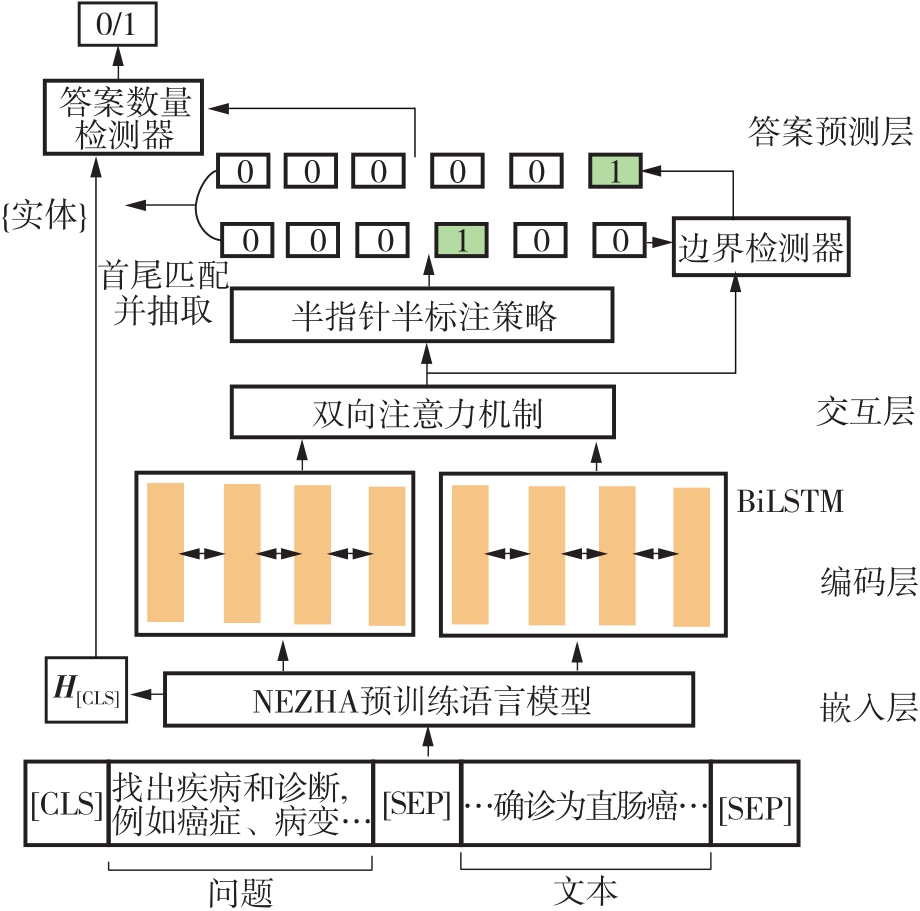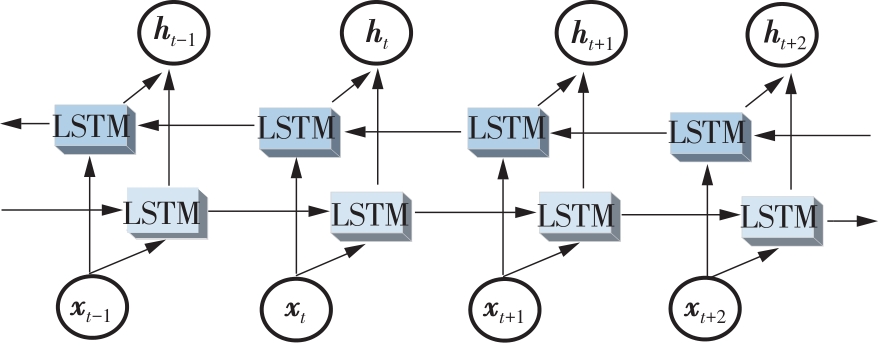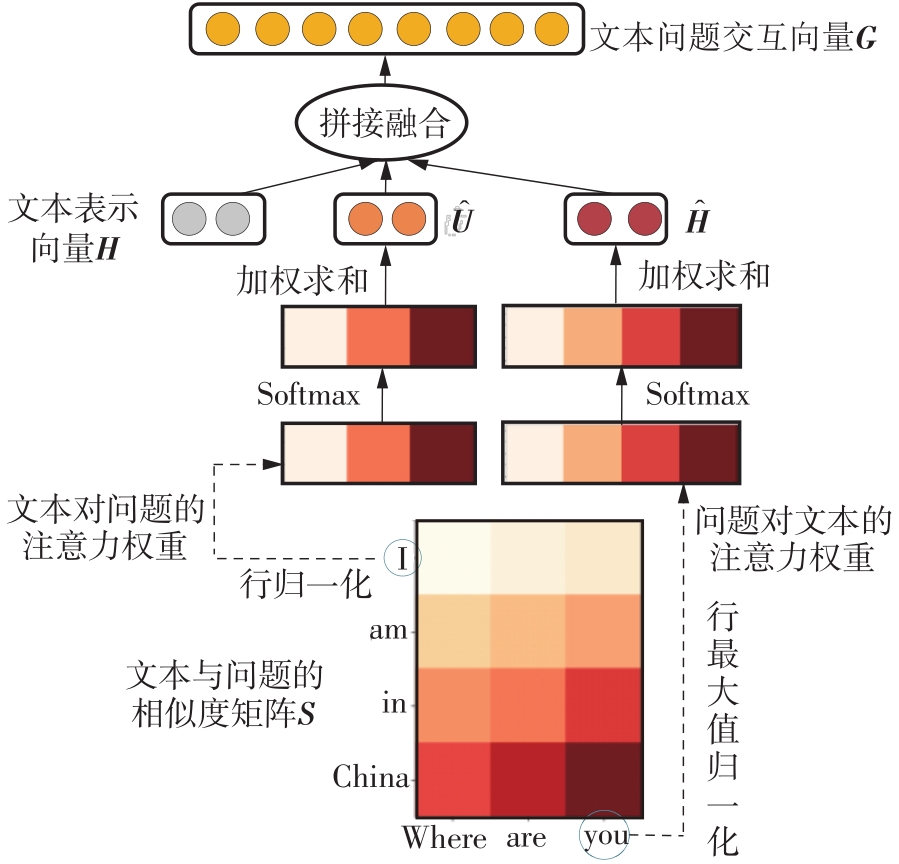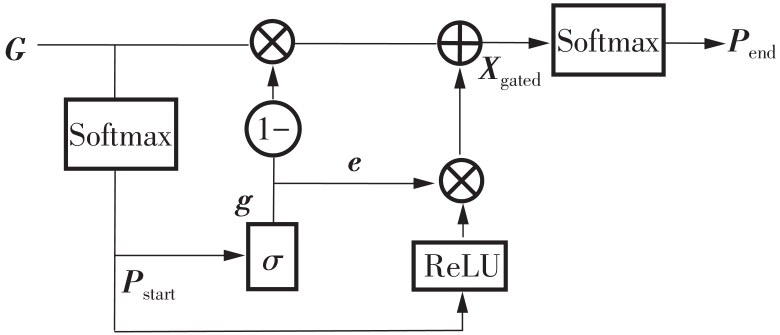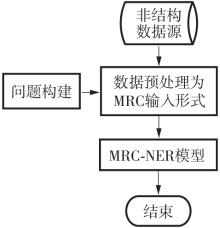| 1 |
SHEN Y, MA X, TAN Z,et al .Locate and label:a two-stage identifier for nested named entity recognition [C]∥ Proceedings of the 59th Annual Meeting of the Association for Computational Linguistics and the 11th International Joint Conference on Natural Language Processing.Stroudsburg:Association for Computational Linguistics,2021:2782-2794.
|
| 2 |
LI J, SUN A, HAN J,et al .A survey on deep learning for named entity recognition [J].IEEE Transactions on Knowledge and Data Engineering,2022,34(1):50-70.
|
| 3 |
刘奕洋,余正涛,高盛祥,等 .基于机器阅读理解的中文命名实体识别方法[J].模式识别与人工智能,2020,33(7):653-659.
|
|
LIU Yiyang, YU Zhengtao, GAO Shengxiang,et al .Chinese named entity recognition method based on machine reading comprehension [J].Pattern Recognition and Artificial Intelligence,2020,33(7):653-659.
|
| 4 |
HUANG Z, XU W, YU K .Bidirectional LSTM-CRF models for sequence tagging [EB/OL].(2015-08-09) [2022-01-07]..
|
| 5 |
HABIBI M, WEBER L, NEVES M,et al .Deep lear-ning with word embeddings improves biomedical named entity recognition [J].Bioinformatics,2017,33(14):i37-i48.
|
| 6 |
WANG X, ZHAMG Y, REN X,et al .Cross-type biomedical named entity recognition with deep multi-task lear-ning [J].Bioinformatics,2019,35(10):1745-1752.
|
| 7 |
YU H,KO Y .Expansion of word representation for named entity recognition based on bidirectional LSTM CRFs [J].Journal of KIISE,2017,44(3):306-313.
|
| 8 |
郭知鑫,邓小龙 .基于BERT-BiLSTM-CRF的法律案件实体智能识别方法[J].北京邮电大学学报,2021,44(4):129-134.
|
|
GUO Zhi-xin, DENG Xiao-long .Intelligent identification method of legal case entity based on BERT-BiLSTM-CRF [J].Journal of Beijing University of Posts and Telecommunications,2021,44(4):129-134.
|
| 9 |
REI M, CRICHTON G, PYYSALO S .Attending to characters in neural sequence labeling models [C]∥ Proceedings of the 26th International Conference on Computational Linguistics.Stroudsburg:Association for Computational Linguistics,2016:309-318.
|
| 10 |
DEVLIN J, CHANG M W, LEE K,et al .BERT:pre-training of deep bidirectional transformers for language understanding [C]∥ Proceedings of the 2019 Confe-rence of the North American Chapter of the Association for Computational Linguistics:Human Language Technologies.Minneapolis:Association for Computational Linguistics,2019:4171-4186.
|
| 11 |
RADMARD P, FATHULLAH Y, LIPANI A . Subsequence based deep active learning for named entity recognition [C]∥ Proceedings of the 59th Annual Meeting of the Association for Computational Linguistics and the 11th International Joint Conference on Natural Language Processing.Stroudsburg:Association for Computational Linguistics,2021:4310-4321.
|
| 12 |
MA R, PENG M, ZHANG Q,et al .Simplify the usage of lexicon in Chinese NER [C]∥ Proceedings of the 58th Annual Meeting of the Association for Computational Linguistics.Stroudsburg:Association for Computational Linguistics,2020:5951-5960.
|
| 13 |
LU T, GUI Y, GAO Z .Document-level named entity recognition with Q-network [C]∥ Proceedings of the 16th Pacific Rim International Conference on Artificial Intelligence.Cham:Springer,2019:164-178.
|
| 14 |
LEVY O, SEO M, CHOI E,et al .Zero-shot relation extraction via reading comprehension [C]∥ Proceedings of the 21st Conference on Computational Natural Language Learning.Stroudsburg:Association for Computational Linguistics,2017:333-342.
|
| 15 |
LI X, YIN F, SUN Z,et al .Entity-relation extraction as multi-turn question answering [C]∥ Proceedings of the 57th Annual Meeting of the Association for Computational Linguistics.Minneapolis:Association for Computational Linguistics,2019:1340-1350.
|
| 16 |
LI X, FENG J, MENG Y,et al .A unified MRC framework for named entity recognition [C]∥ Procee-dings of the 58th Annual Meeting of the Association for Computational Linguistics.Stroudsburg:Association for Computational Linguistics,2020:5849-5859.
|
| 17 |
XUE M, YU B, ZHANG Z,et al .Coarse-to-fine pre-training for named entity recognition [C]∥ Proceedings of the 2020 Conference on Empirical Methods in Natural Language Processing.Stroudsburg:Association for Computational Linguistics,2020:6345-6354.
|
| 18 |
HU A, DOU Z, NIE J Y,et al .Leveraging multi-token entities in document-level named entity recognition [C]∥ Proceedings of the 34th AAAI Conference on Artificial Intelligence.Menlo Park:AAAI,2020:7961-7968.
|
| 19 |
WEI J, REN X, LI X,et al .NEZHA:neural contextualized representation for Chinese language understanding [EB/OL].(2019-08-31) [2022-01-07]..
|
| 20 |
ZHANG W, JIANG S, ZHAO S,et al .A BERT-BiLSTM-CRF model for Chinese electronic medical records named entity recognition [C]∥ Proceedings of 2019 the 12th International Conference on Intelligent Computation Technology and Automation.Xiangtan:IEEE,2019:166-169.
|
| 21 |
STRUBELL E, VERGA P, BELANGER D,et al .Fast and accurate entity recognition with iterated dilated convolutions [C]∥ Proceedings of the 2017 Conference on Empirical Methods in Natural Language Processing.Copenhagen:Association for Computational Linguistics,2017:2670-2680.
|

